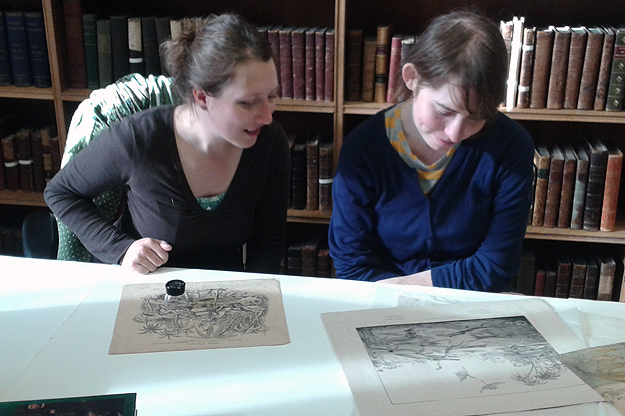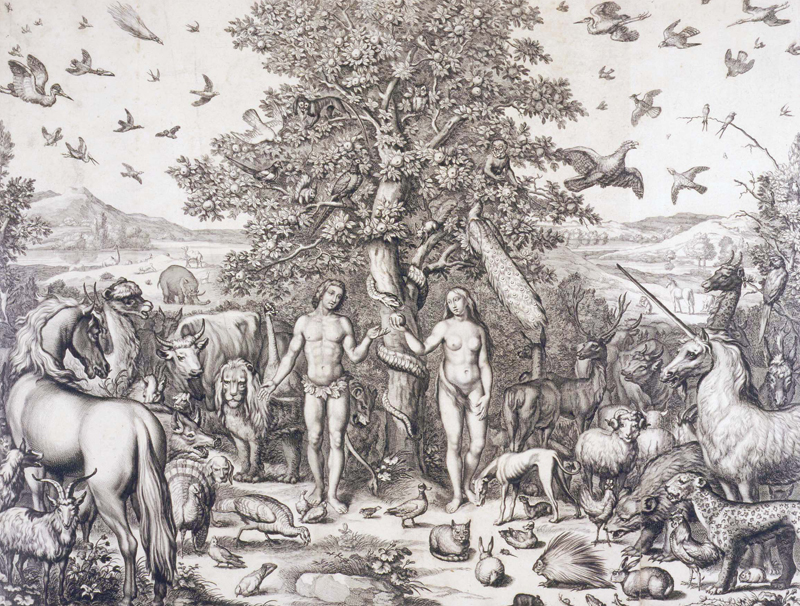Making Prints Public
Stop the press! Or perhaps more appropriately… start the press!
We are currently undertaking a project to make prints public; cataloguing, researching and digitising approximately 1,500 prints held in our collections.
This will mean you will be able to use our online ‘collections search’ function to find these items, see (and order) high resolution images of them.
These items have not previously been thoroughly investigated, making it an exciting project to be involved with. We already know there are important and rare astronomical broadsides by Benjamin Martin (a scientific instrument maker, compiler of an early dictionary and popular lecturer on science – think of an Eighteenth Century Brian Cox!). The collection also includes a rare set of 105 separate prints created in Seventeenth Century China by Ferdinand Verbiest, a Jesuit mathematician and astronomer. They illustrate the form and construction of instruments for the Imperial Observatory in Beijing, using the Tychonic model. See our Online Exhibition on the ‘Images of Tycho Brahe’ for more details.
The rest of the material ranges from portraits of scientists, to historic images of the museum building, to paper instruments with movable parts, to ephemera such as advertisements for public lectures and more.
A day in the life of a cataloguer-researcher
We are currently cataloguing portraits, where the first jobs are identifying the printing technique used, the artist and subject of the portrait and when it was made. Usually this is fairly simple as inscriptions at the bottom of the print often tells you the artist and engraver, and sometimes the date and publisher. If not, it takes a little longer to research.
The main techniques used for the prints in our collection are relief processes such as woodcuts, wood-engraving; intaglio processes such as engraving (line and stipple), etching, mezzotint, aquatint; and planographic processes such as lithography.
The above images show differences between two different intaglio techniques; a line engraving and an etching. The engraving (on the left) is created with tool called a burin which cuts into the metal plate, removing a sliver, which then provides grooves for the ink when the plate is wiped clean. A dampened sheet of paper is pressed into the plate, leaving the characteristic intaglio plate mark on the paper. The engraved lines often taper off towards the end coming to a sharp point. In an etching (see right hand image), the grooves are created by acid corroding the surface of the plate. The lines are created with a needle scratched through an acid resistant substance called the ground. The lines are freer than with an engraving and of even width, with rounded ends. In practice prints often use a combination of techniques.
All the prints are given inventory numbers, catalogued in our collections database, and the records become available online. Items or people of particular interest give us the opportunity to do a little extra research to give more context to the prints.
It is a varied collection, so each day can throw up some interesting and unexpected finds!



